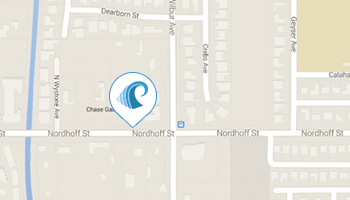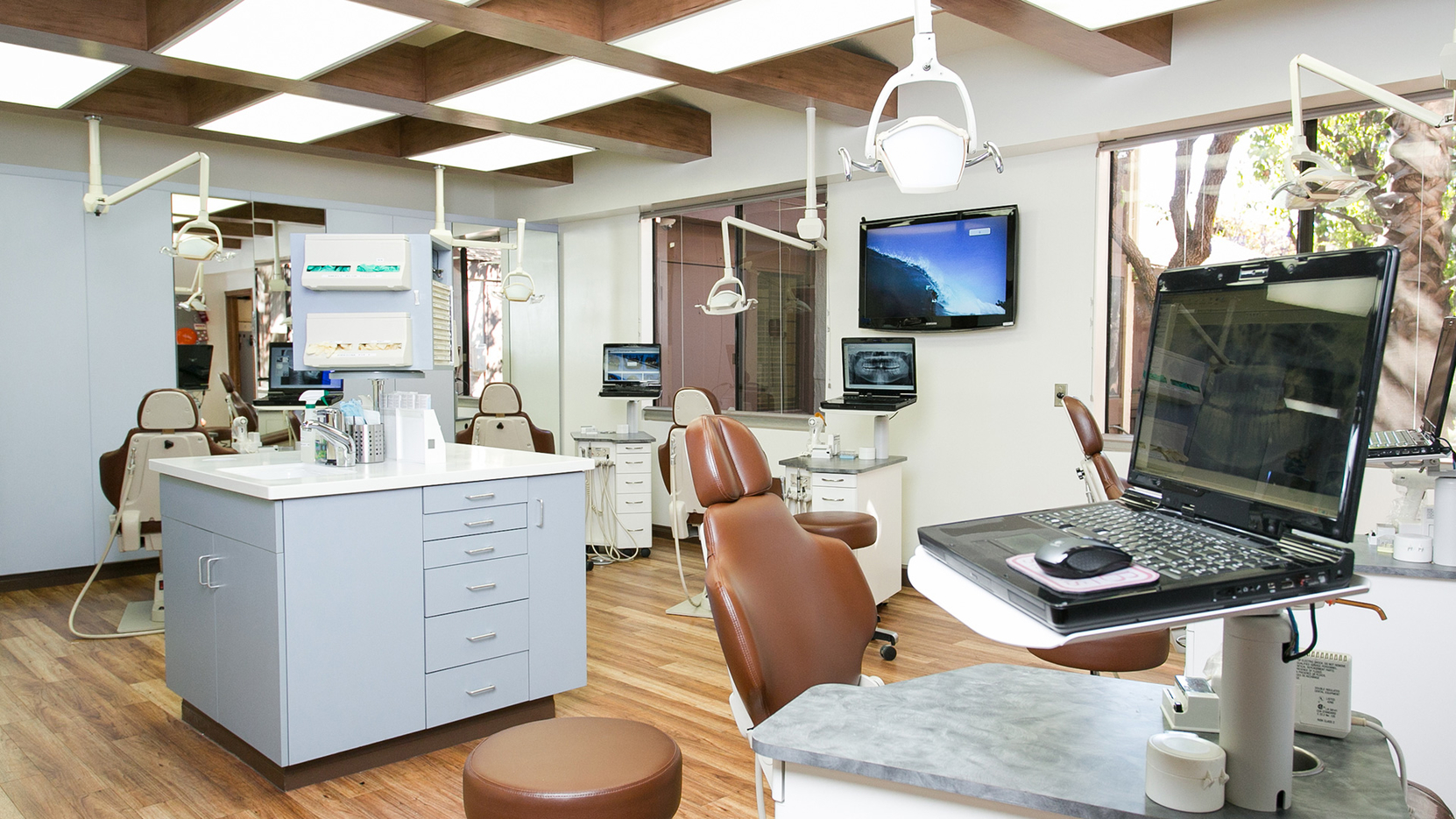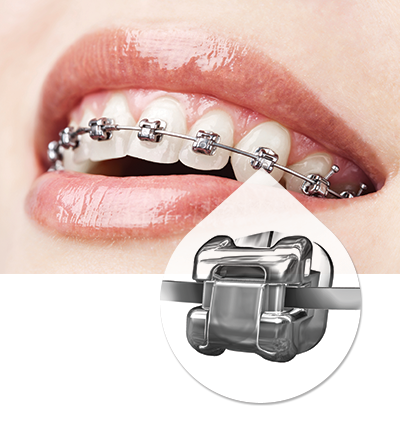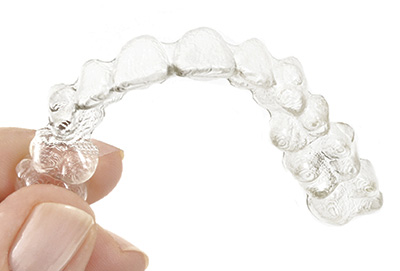about |
About Us
We provide the highest quality orthodontic treatment in a relaxed
atmosphere that fosters mutual respect and appreciation.
meet the doctor |
Meet the Doctors
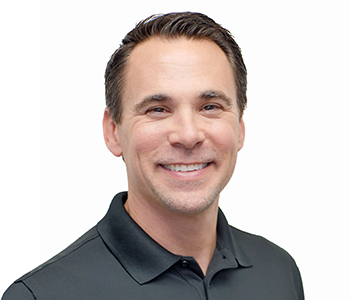
Dr. Jason Pair
After graduating from UCLA with a B.S. in physiologic sciences, Dr. Jason traveled north to dental school where he attended UC San Francisco, graduating with honors and being elected into Omicron Kappa Upsilon. He completed his orthodontic residency at UCLA, where he was chief resident. His research project was published in the American Journal of Orthodontics & Dentofacial Orthopedics, the leading peer reviewed journal in the profession. He has also had 2 Case Reports published since graduation demonstrating treatment of unusual orthodontic conditions. Once a Bruin and always a Bruin, Dr. Jason currently leads treatment planning seminars at the UCLA Orthodontic Residency Program with Dr. Borenstein, and serves as a clinical instructor. He has also continued clinical research with the residents of UCLA.
Dr. Jason is past President of the San Fernando Valley Dental Society and he currently serves as an Orthodontic Peer Review member. He is a member of the American Association of Orthodontics. He is a Diplomate of the American Board of Orthodontics and an Angle Society member. He has lectured extensively outside of UCLA including the California Society of Pediatric Dentistry Annual Meeting in Portland, Oregon and to the faculty and alumni of University of Marroquin in Guatemala.
Dr. Jason has 4 four children and with his wife, Janette, they love to travel and hike. Dr. Jason also enjoys surfing, skiing, photography and woodworking. He has participated in various volunteer dental organizations, traveling to Guatemala, Mexico and Israel.
To see Dr. Jason’s photography and become a fan, visit Jason Pair Photography on Facebook.
See a published case report from Dr. Jason Pair: Case Report
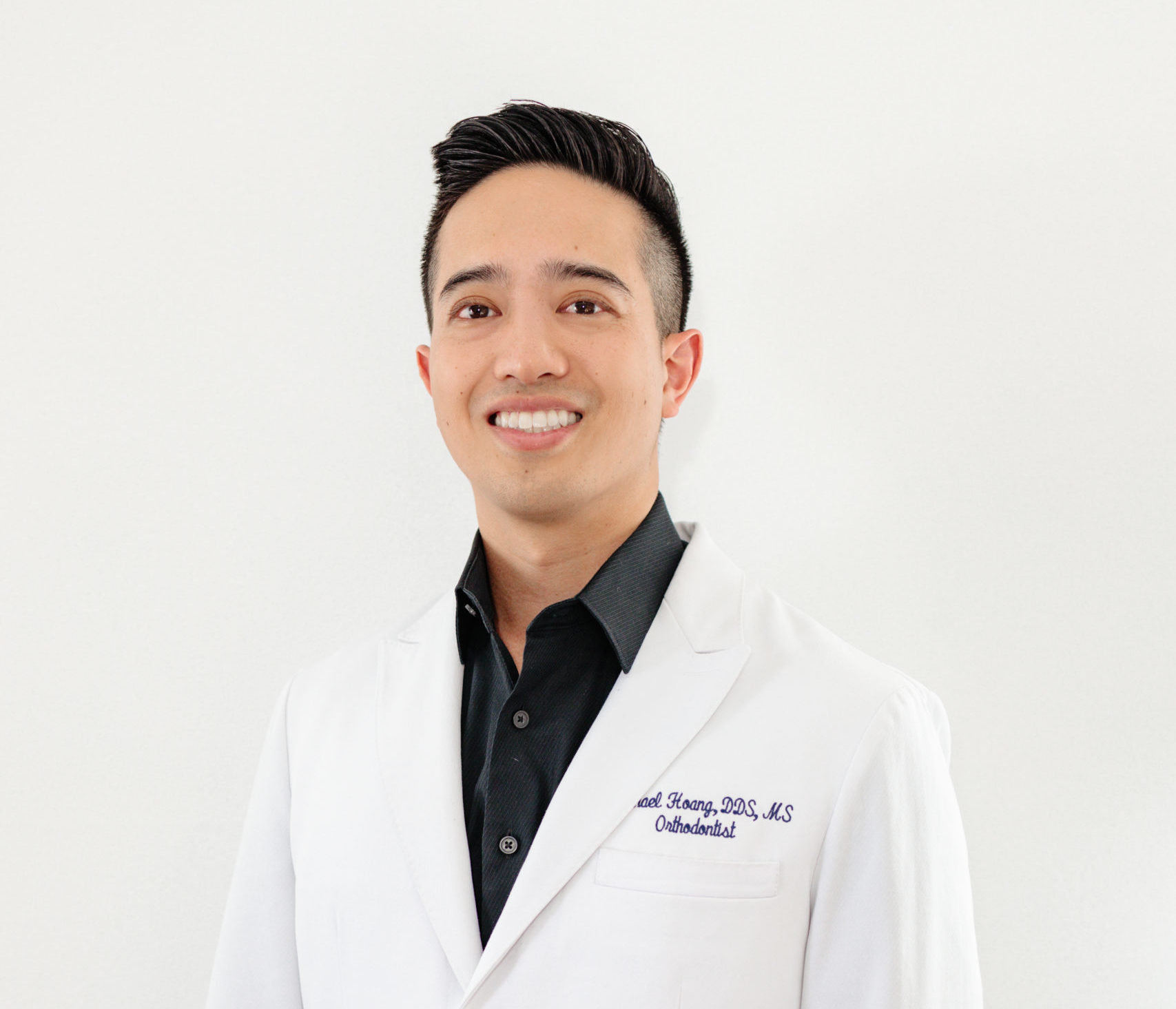
Dr. Michael Hoang
Dr. Michael Hoang is a board-certified orthodontist who grew up in sunny Southern California. He graduated magna cum laude from University of California, Irvine where he earned his B.S. in Biological Sciences and was inducted into Phi Beta Kappa Honor Society. He then continued his education at UCLA School of Dentistry, where he graduated with honors. Finally, he stayed to complete his Orthodontic residency at UCLA, where he served as chief resident and concurrently earned his M.S. in Oral Biology.
Dr. Michael comes from a Bruin family of dentists, joining his father who graduated from UCLA Orthodontics and his sister who graduated from UCLA School of Dentistry. At UCLA, Dr. Jason Pair served as his clinical instructor during residency. Life has come full circle now for Dr. Michael, as he has joined Dr. Jason as a part-time faculty member to lead treatment planning seminars at UCLA Section of Orthodontics and provide clinical instruction to the residents. In addition, he currently serves as the president of the UCLA Alumni Association. He is a member of the American Association of Orthodontics, the California Association of Orthodontics, the American Dental Association, the California Dental Association, and the Western Los Angeles Dental Society.
Dr. Michael enjoys spending time with his family and friends, hiking, and traveling internationally. He has participated in various volunteer dental organizations, traveling to Honduras, Mexico, and Vietnam.
3 |
Braces
Orthodontic Care For Children & Adults

Child Phase I Interceptive (Age 6-10)
When some primary teeth (also called baby teeth) are still present, we can begin to correct problems like severe overbites, underbites, and crossbites. Facial growth modification can be very effective at this age to treat some orthodontic patients, rather than waiting until the patient’s permanent teeth are all in.
Child Phase II Interceptive (Age 12-13)
Phase II treatment usually occurs a number of years later. Usually we are waiting for 12-16 more permanent teeth to erupt before Phase II begins. The goal of Phase II treatment is to achieve an ideal occlusion with all of the permanent teeth.
Adult Orthodontics
Technological advancements in orthodontics allow us to treat adult patients faster, more comfortably, and more discretely than ever before. Whether you have never had braces, or you had them in your youth and are noticing your teeth moving back out of alignment, we offer aesthetic treatment options like Invisalign or the Damon System that will help you to achieve a beautiful result quicker than you might think!
Life With Braces
It’s not going to be easy at first, and in the beginning foods you can eat will be limited. You’ll want to stick to foods that are soft, fluffy and easily mashed up. Pancakes, oatmeal, bananas, soups, cooked vegetables, applesauce, mashed potatoes, mac & cheese, and soft ice cream – just to suggest a few.
There are a few tricks around some problem foods. You can cook your vegetables to make them softer, cut your corn off the cob, and slice apples and sandwiches into small, bite sized pieces.
If you’re in doubt about a particular food, ask the team at Pair Orthodontics.
Foods to Avoid
Sticky – gum, caramel, tootsie rolls, peanut butter, toffee
Hard – apples, carrots and other raw vegetables
Crunchy – popcorn, chips
Tough – bagels, corn on the cob, sandwiches, steak, ribs
Brushing
Using a soft bristled toothbrush begin by brushing the outside of your teeth and braces holding the brush tilted at a 45 degree angle. Brush along the top and bottom of the braces using light to moderate pressure, making sure you cover every surface very carefully. Don’t forget to brush the teeth all the way in the back and behind your back molars. It’s a good practice to brush for three minutes at least twice a day. Using a timer or singing along to a song will help you keep track of your time.
Flossing
Flossing at least once a day is very important for good dental hygiene and to keep your teeth healthy. Flossing with braces may seem difficult at first. To floss properly, you will need to thread the floss under the archwire. This can be done in two ways – either by threading the floss through on your own or using a floss threader to thread the floss under the wire.
When threading the floss, it is a good practice to start by pushing the floss vertically from the top to the bottom on your upper teeth and from the bottom to the top on your bottom teeth, always threading away from your gums. Once threaded, carefully floss around each tooth and gum, moving the floss up and down, just like you did with out braces.
- Always store your retainer in the case. Never put it in your pocket (accidently shattered), or wrap in a cloth or napkin (accidently thrown away).
- Always remove your retainer when eating.
- Follow the doctors instructions for wear.
- Always remove retainers when brushing your teeth. Be sure to pay attention to the points where you retainer touches your teeth.
- Clean retainers thoroughly with toothbrush and toothpaste. Concentrate specifically on the side of the retainer that is in contact with your gums. Failure to clean retainers well can result in damage to your gums and teeth. Some patients like to soak their retainers in mouthwash for a few minutes each day.
- Don’t flip the retainer with your tongue because this could result in damage to your teeth or the device.
- Put the retainer in with your fingers. Please do not bite the retainer into place since this could result in injury or damage to your teeth.
- Use your best judgment regarding removing them for sports, swimming, singing, meetings, etc. If there is a significant risk that they will be lost or damaged if you continue to wear them while doing an activity, remove them and place in the provided case. Remember to put replace them when you are done with the activity. Always wear a mouth guard when playing sports to ensure the safety of your teeth and mouth.
- If there are wires on the outsides of your teeth, they should not be used to remove the retainers. This will bend and eventually break them. Use clasps on the back teeth to remove the retainers.
- Since your retainer is made out of acrylic, which is sensitive to heat, do not subject the retainers to heat. This will result in them becoming distorted. Common examples are oiling them, putting them in the dishwasher, leaving them in a hot car, etc.
- Bring your retainers to each appointment for inspection.
- Occasionally, a piece of acrylic will chip or break. As long as the retainer is still wearable, you can continue to wear it until the team at Pair Orthodontics can check it for you. If there is a sharp edge, you can use a nail file to smooth it off until an necessary repair can be performed.
- If there is any part of the retainer that is pinching your gums, set up an appointment with me so that we can fix this for you.
For orthodontic-related emergencies, our office is here to help. Most emergency situations can be temporarily taken care of at home, though. Usually loose brackets and wires that are causing some discomfort or poking can be covered in wax or pushed back into place. Loose and poking wires can be manipulated using tweezers or a pencil eraser. It’s still important to call the office and set up an appointment to have the issue corrected.
In the event of a more severe issue (an appliance breaks, a wire slips loose, or is preventing the mouth from opening or closing) call our office to schedule an appointment and have the problem taken care of right away.
Keep in mind that there may be some discomfort for a few weeks after getting your braces on and for several days after an adjustment. In these situations, rinsing with salt water or taking an over-the-counter pain reliever may alleviate the pain.
meet the doctor |
Treatment
Invisalign
All the orthodontists are experienced providers of Invisalign. Pair Orthodontics is considered an Invisalign Premier Provider in the Northridge and Calabasas areas.
Invisalign is a series of virtually invisible, clear aligners that efficiently shift your teeth to an ideal placement. Each aligner is custom-made by Pair Orthodontics for each individual patient based on that patient’s anatomy. We will plan out in your ideal smile and customize a series of aligners. When your teeth have reached the desired result, you just pop out the old Invisalign aligner and pop in a new set.
All of this movement is done with out any metal brackets or tightening of wires. Most people won’t even recognize you are correcting your smile while you are straightening your teeth. Invisalign has the benefit of creating a beautiful smile and allows you to remove the device whenever you want. You can floss, brush and eat without the restrictions of having braces or wires in your mouth. Invisalign has the benefit of creating a beautiful smile and allows you to remove the device whenever you want.
We have years of experience providing Invisalign to the Northridge and Calabasas areas and look forward to consulting with you on Invisalign or Invisalign Teen in the near future.
5 |
New Patients
We Can’t Wait To Meet You And Welcome You To Our Office!
6 |
